Accelerating the Robot Dream
Empowering robot innovation, providing full-cycle development services, reducing costs, and accelerating the commercialization process.
Contact Us +

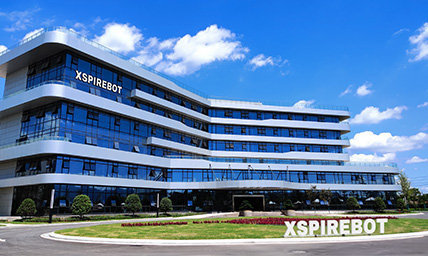
Henan Xspirebot
Xspirebot specializes in the design, production, and servicing of robot platform solutions.
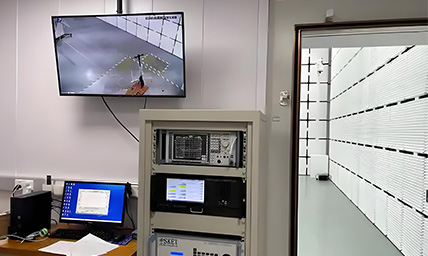
Quality Control
A comprehensive quality control system that manages everything from raw materials to finished products.

Service & After sales
24-hour after-sales service. Please do not hesitate to contact us if you have any questions.

Download
XspireBot provide downloads of product catalogs, product solutions, and user manuals.

Key Member
Ten years of mass production experience and 32 patents in motion control.
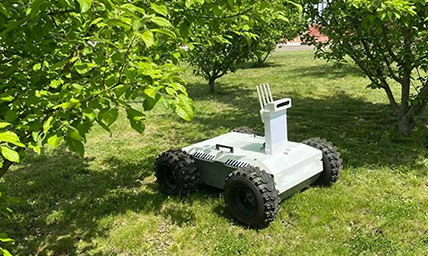
Agricultural Industry
Agricultural robot chassis assists you in field operations such as sowing, spraying, and harvesting.
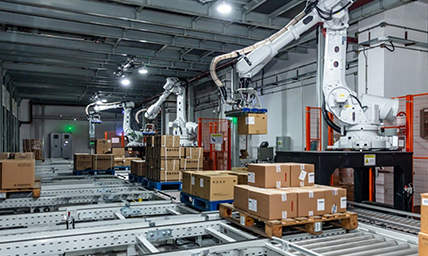
Manufacturing Industry
Industrial robot chassis assist you with tasks such as material handling, assembly, and quality inspection.

Transportation Industry
Autonomous transport robots that can deliver goods around the clock in urban and industrial environments.
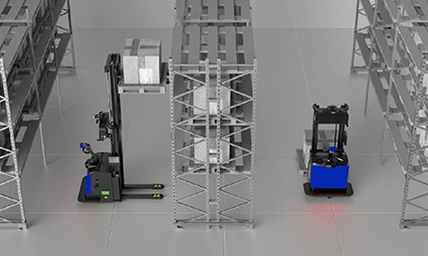
Warehousing Industry
Unmanned transport robots enable full autonomy in cargo stacking & transfer within IoT logistics.
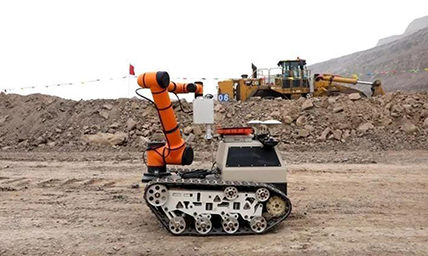
Inspection Industry
Autonomous 24/7 patrols at power facilities, industrial sites, data centers, and other locations.

Firefighting Industry
Autonomous fire detection & suppression in high-risk environments: high-rises, chemical plants, and data centers.
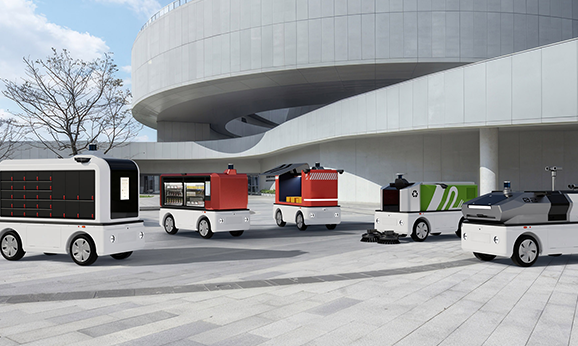
Robot Chassis
Xspirebot offers chassis for indoor and outdoor mobile robots suitable for different terrains.

Motors
Drive motor designed for mobile robot chassis, applied to mobile robot platform & agricultural robot chassis.
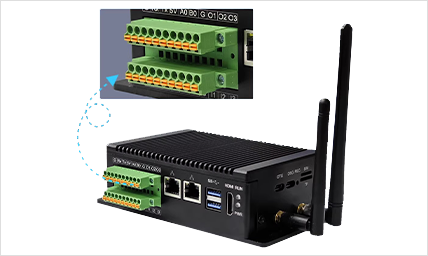
Controller/Drive
The controller can control the robot chassis's movement, positioning, obstacle avoidance, path planning, and other motion functions.
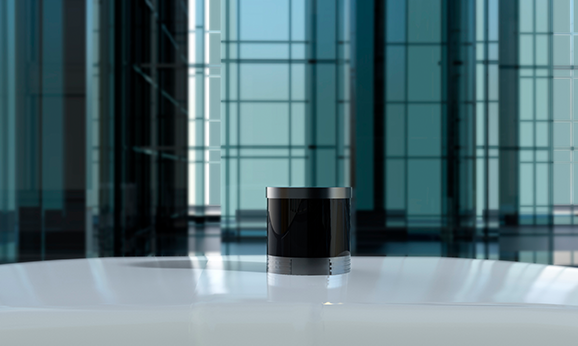
Sensor
Xspirebot offers advanced sensors for autonomous robot platforms: cameras, ultrasonic radar, LiDAR, IMU, & IINS.

Electric Motor Axle
Xspirebot adapts electric transaxle load, power output, & layout to meet customer needs.
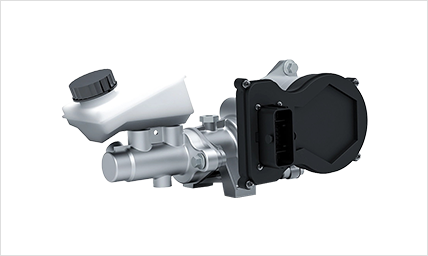
Wired Components
Line control braking & steering enhance vehicle control efficiency & precision via electronic signals.
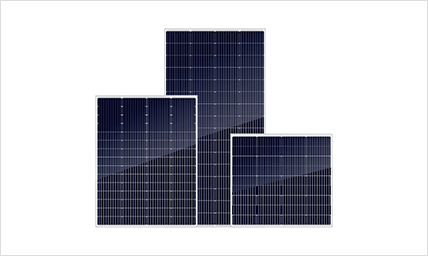
Energy
Solar panels & batteries offer flexible solutions, letting you choose components to suit your needs.
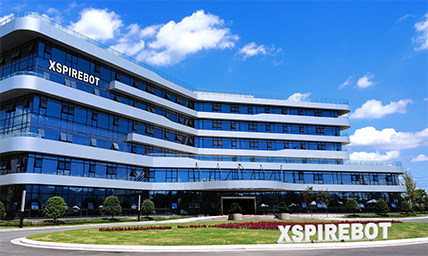
Company News
Xspirebot is committed to helping our customers reduce development costs, shorten the R&D cycle, and accelerate the mass production process through platformized and modularized architectural design and standardized production processes.
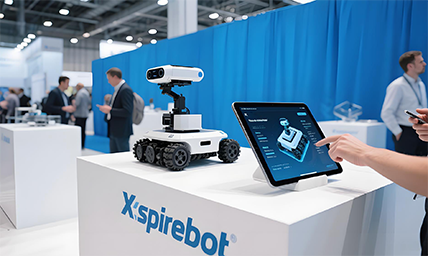
Exhibition News
Xspirebot is committed to helping our customers reduce development costs, shorten the R&D cycle, and accelerate the mass production process through platformized and modularized architectural design and standardized production processes.

Industry News
Xspirebot is committed to helping our customers reduce development costs, shorten the R&D cycle, and accelerate the mass production process through platformized and modularized architectural design and standardized production processes.
Solar Panel
A solar panel, also known as a photovoltaic module, is a device that directly converts sunlight into electrical energy. It provides renewable energy support for robot chassis, reducing energy consumption costs and extending range through the roof or chassis. Its core principle is based on the photovoltaic effect of semiconductor materials: When photons strike the surface of a semiconductor, the energy is sufficient to excite electrons and form a current, generating direct current (DC).
Advantages of Solar Panels
Extended Battery Life
On sunny days, solar panels can generate an average of 50-150Wh of energy per day (depending on power output and sunlight intensity), reducing the frequency of charging.
Reduced Energy Costs
By utilizing solar energy to replace grid power, solar panels are ideal for deployment in remote areas (e.g., agricultural robots, outdoor inspection robots, logistics delivery robots, etc.).
Environmental Benefits
Zero carbon emissions, compliant with ESG (Environmental, Social, and Governance) standards.
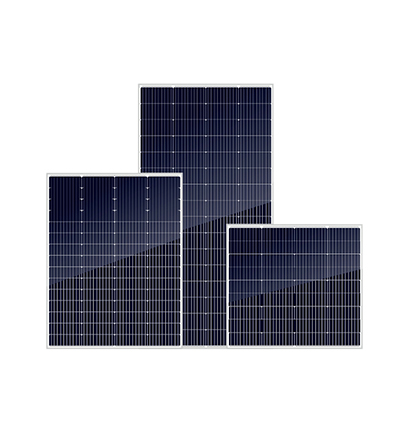
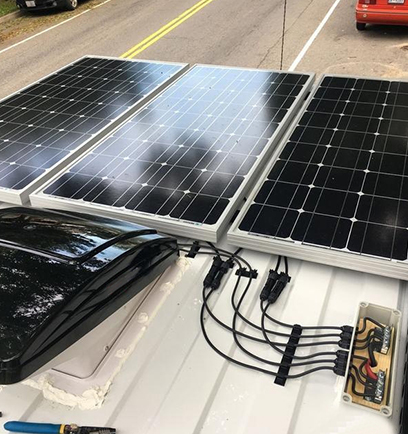
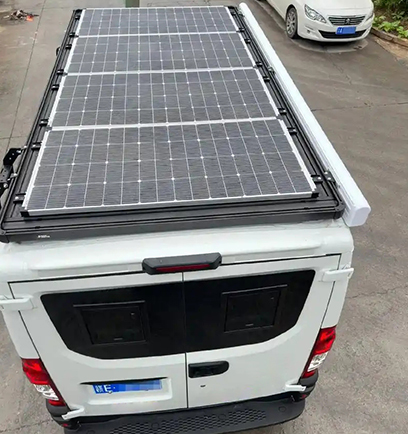
Core Components of Solar Panels
Solar panels consist of the following key components, which work together to achieve efficient photovoltaic conversion and long-term stability:
Solar Cells: The core components that directly convert light energy into electrical energy.
Glass Layer: Protects the cells from mechanical damage and environmental corrosion while ensuring high light transmittance (>90%).
EVA Film: Bonds the cells, glass, and backsheet, providing insulation and cushioning protection.
Backsheet: Blocks moisture, UV rays, and mechanical impacts, providing electrical insulation.
Aluminum Alloy Frame: Secures the structural components, enhancing wind pressure resistance and load-bearing capacity (2,400 Pa wind pressure resistance, 5,400 Pa load-bearing capacity).
Junction Box: Collects current and connects to external circuits, with built-in diodes to prevent reverse current (“hot spot effect” protection).
Argumet
| Type | SKT 100M12 | SKT 200M12 |
| Maximum power | 100 | 200 |
| Open-circuit voltage | 22.3 | 44.61 |
| Short-circuit current | 5.44 | 5.57 |
| Operating voltage | 19.2 | 38.4 |
| Operating current | 5.21 | 5.21 |
| Efficiency | 21.08 | 21.79 |
| Dimensions | 620*765*25mm | 1200*765*30mm |
| Weight | 5.15kg | 9.4kg |
Applicable Environments
The application of solar panels in robot chassis requires precise matching of component types and system design based on environmental characteristics. Example scenarios:
Agricultural plant protection robots
equipped with solar panels continuously recharge while working in the fields, increasing the duration of a single task by 30%.
Outdoor inspection robots
equipped with sun-tracking gimbals increase power generation by 40% and can still maintain 12 hours of battery life in desert environments.
Desert exploration robots
equipped with 300W monocrystalline silicon modules + tracking systems generate an average of 1.5 kWh per day, maintaining 85% power generation efficiency at 50°C, and can operate continuously for 7 days without manual charging.
Logistics delivery robots
use 200W flexible solar panels, generating an average of 0.8 kWh per day, with a 25% increase in runtime in cloudy conditions, and achieve fully automated charging via wireless charging.
Factory inspection robots
are equipped with 150W monocrystalline silicon modules, maintaining 75% power generation efficiency at 60°C in factory workshops. Combined with lithium-ion batteries, they can perform continuous inspections for 12 hours, reducing the need for human intervention.
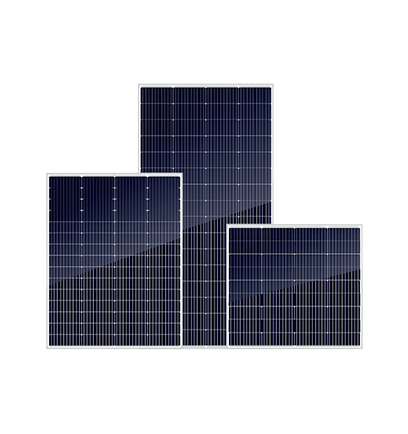
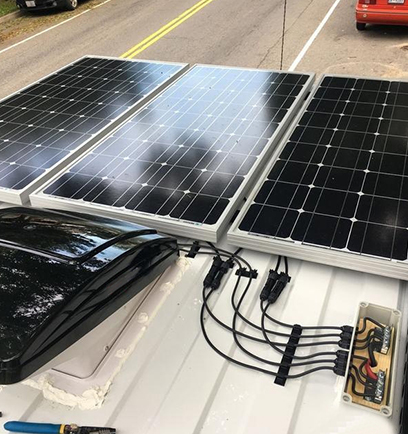
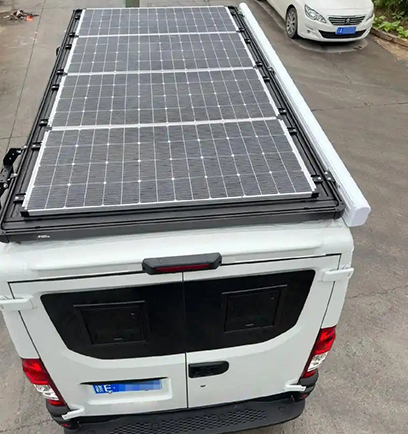
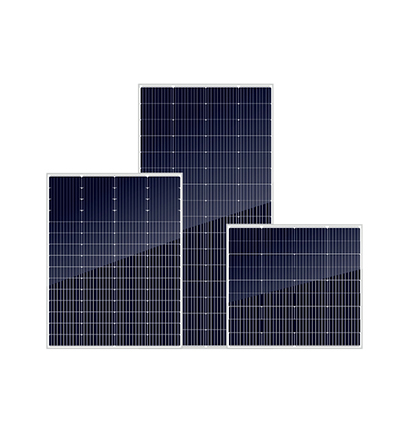
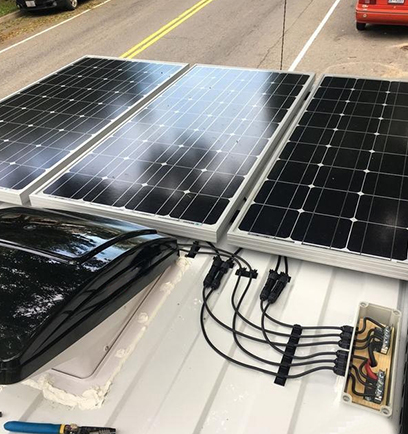
Product Classification
Accelerating the Robot Dream
Empowering robot innovation, providing full-cycle development services, reducing costs, and accelerating the commercialization process.
Contact Us +